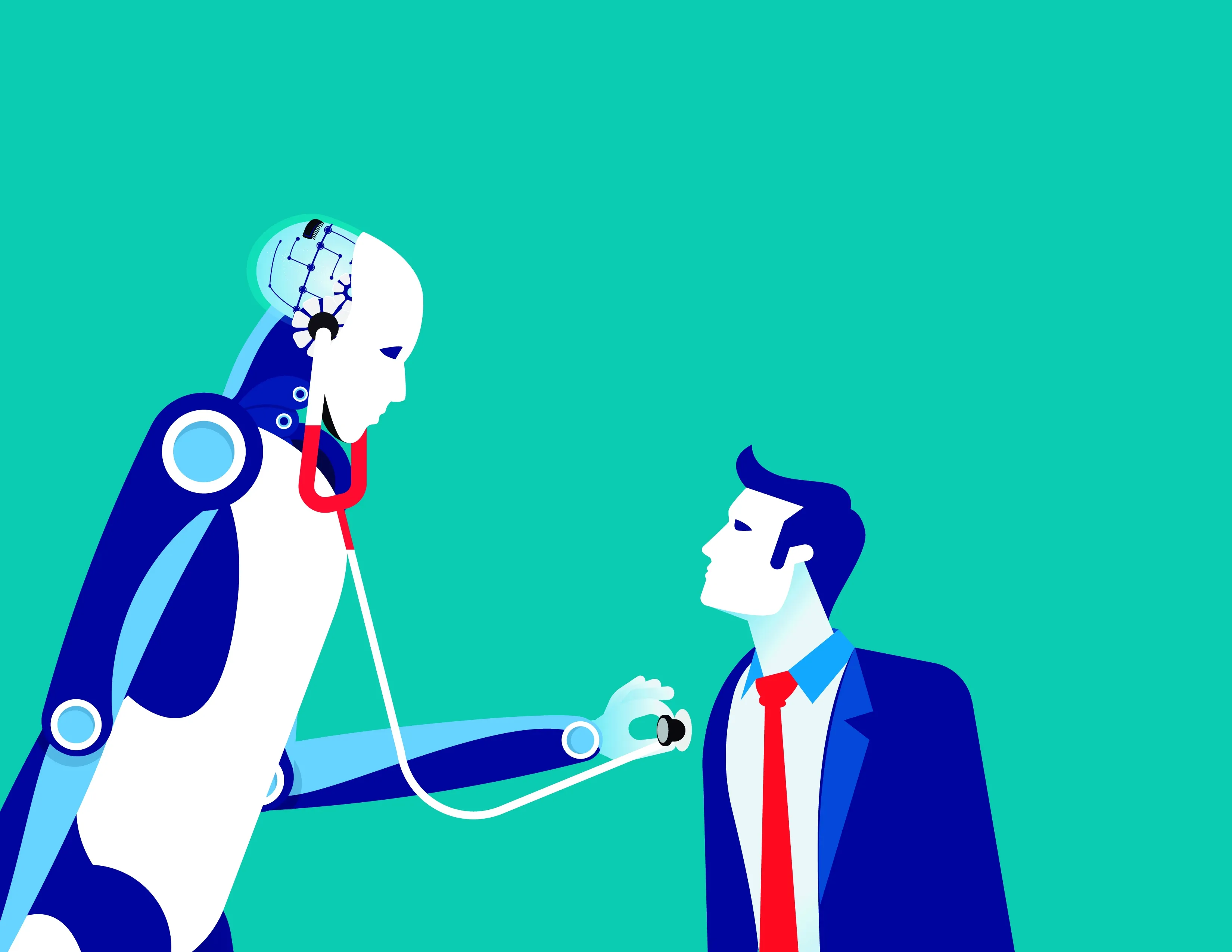Technological advances, in general, and artificial intelligence, in particular, have broken into the sanitary landscape to reinforce attention and prevent complications in a much more effective way.In the field of diabetes these changes are already palpable, with advances such as the automation of glucose meters thanks to artificial intelligence.
The health field is one of the strategic sectors of the National Artificial Intelligence Strategy of the Government of Spain, which includes an investment of 600 million euros for the 2021-2023 period.In this sense, the most generalized political strategy is the commitment to prevention, awareness and research, in order to achieve an early detention of the disease and thus avoid medical complications or overloads in the health system.
Technological advances in general, and artificial intelligence in particular, contribute to diabetes detection and control
In this line, the strategy for diabetes in Spain is also framed, a pathology that affects about 6,000,000 people and 8.2% of the annual health budget is destined to treat the pathology and its complications.
In this context, as Juan Francisco Perán Perán, president of the Spanish Diabetes Federation (FEDE), indicates, «precisely where new technological advances and the application of artificial intelligences in the detection and control of the disease are turning to be vitalImportance to improve the quality of life of people who live with diabetes and their relatives «.
In the case of patients with type 1 diabetes, closed circuit systems or "artificial pancreas" have evolved towards an almost complete automation.In this type of systems, a glucose sensor connected to a computer program or an app triggers an automatic insulin injection that normalizes patient glucose levels.The inclusion of artificial intelligence algorithms has been perfecting this process, making it more and more personalized.
And, thanks to artificial intelligence, a closed circuit system is able to learn the behavior of the patient's glucose, and to take into account factors such as their diet or their physical condition when evaluating their needs.
In addition, artificial intelligence is also having applications in the detection of type 2 diabetes, since with its arrival the ability to analyze and cross data has greatly increased, facilitating the detection of risk patients.In this sense, in December 2022, a group of scientists in the US discovered a way to transform a continuous glucose monitor into a diabetes detection tool, just leaving an artificial intelligence collecting data on patients during patients during12 hours.
Finally, from Fede, alliances between different companies stand out, focused on the fight against diabetes, which come together to boost new mobile applications for diabetes monitoring and patient information management.
An example of this is the ABBOTT and Novo Nordisk app, capable of optimizing the measurement of glycemia and the dosing of insulin.Integrating glucose measurement flash technology and smart insulin feathers, this technology is able to store large amounts of information and share it with real -time health professionals.
Around 537 million people live with diabetes in the world, a figure that is expected to increase by 46% to 783 million in 2045. According to the latest report of the International Diabetes Federation (IDF, according to its acronym inEnglish), Europe is the region with the highest annual incidence of the disease (adding around 31,000 new casesevery year) and one of the most budget to fight against it.


